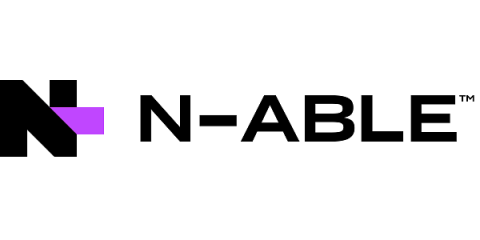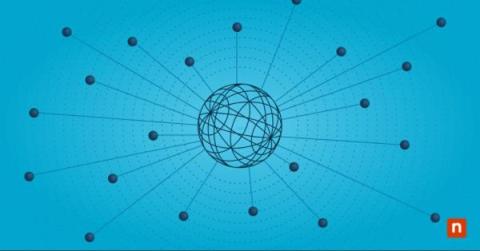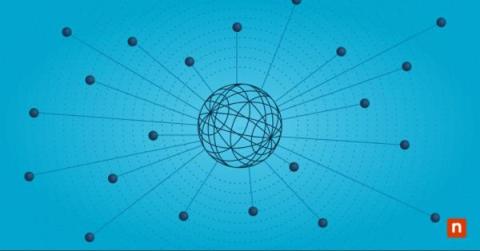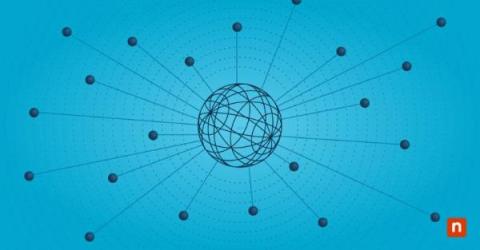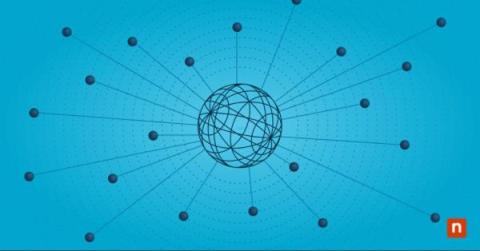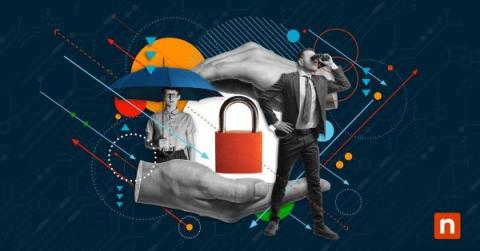10 Best IT Asset Management Software
IT asset management (ITAM) software enables managed service providers (MSPs) and IT teams to manage IT assets efficiently and ensure they work efficiently. Assets refer to hardware such as desktops, mobile devices, printers, and servers, as well as intangible assets such as software licenses and digital data. ITAM solutions streamline the entire lifecycle of IT assets, from configuring and deploying new assets to monitoring their usage to ensuring data security when decommissioning assets.



